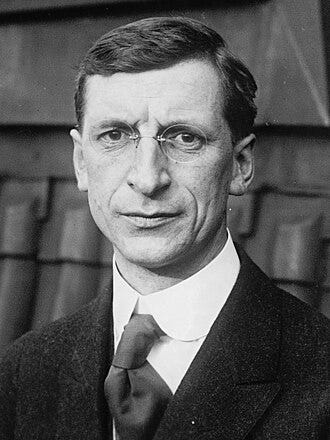The quest for sovereignty in Ireland
A weak and dependent economy blocked from economic development

As I reviewed in my commentary on “The creation of the Irish Free State” of November 10, the Anglo-Irish Treaty of 2022 created the Irish Free State as a dominion in the British Empire. And it partitioned the island, permitting six counties in the northeast to form a separate state of Northen Island. The 2022 Treaty provoked division in Sinn Féin, the principal political party which had emerged with great force as a revolutionary, republican, and anti-imperialist party in the period 1916 to 1921. The pro-Treaty Sinn Féin were able to prevail over the anti-Treaty Sinn Féin in the debates in the Dáil of Ireland in January 2022; in…


